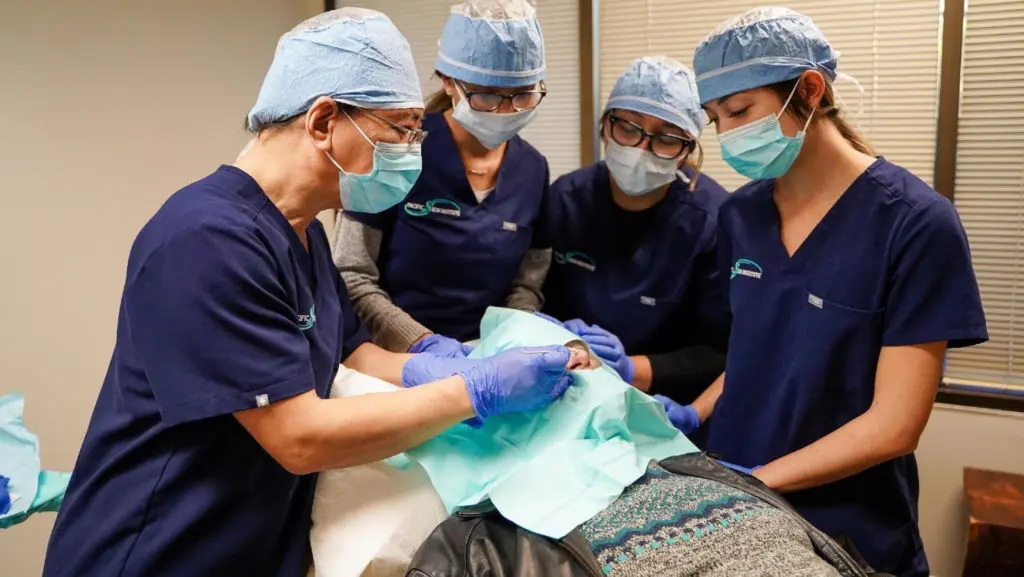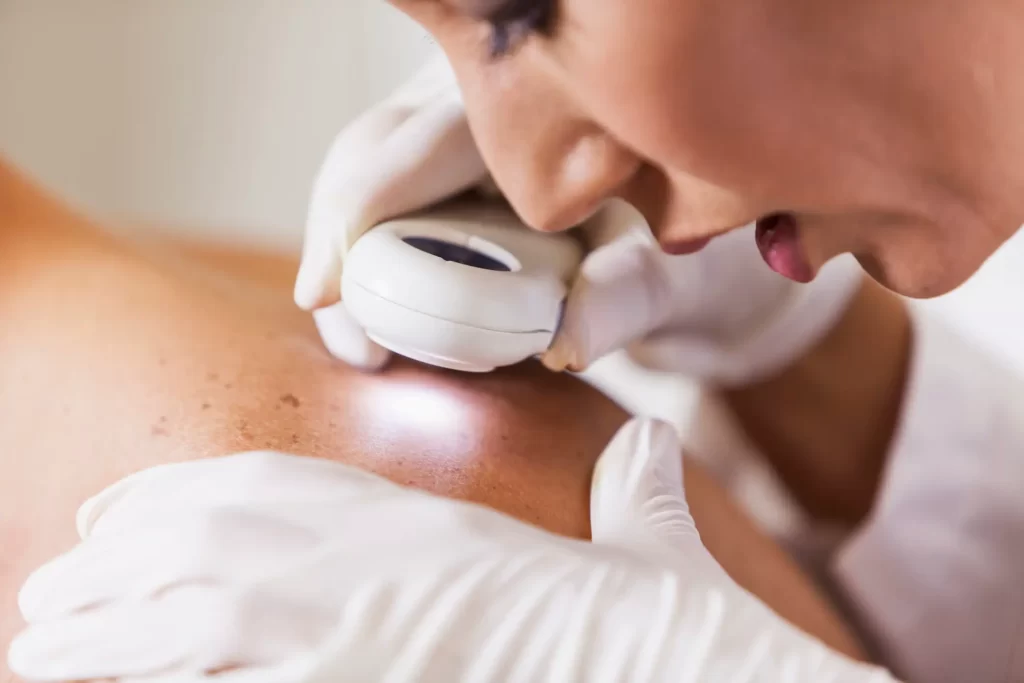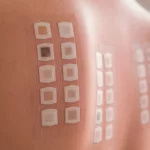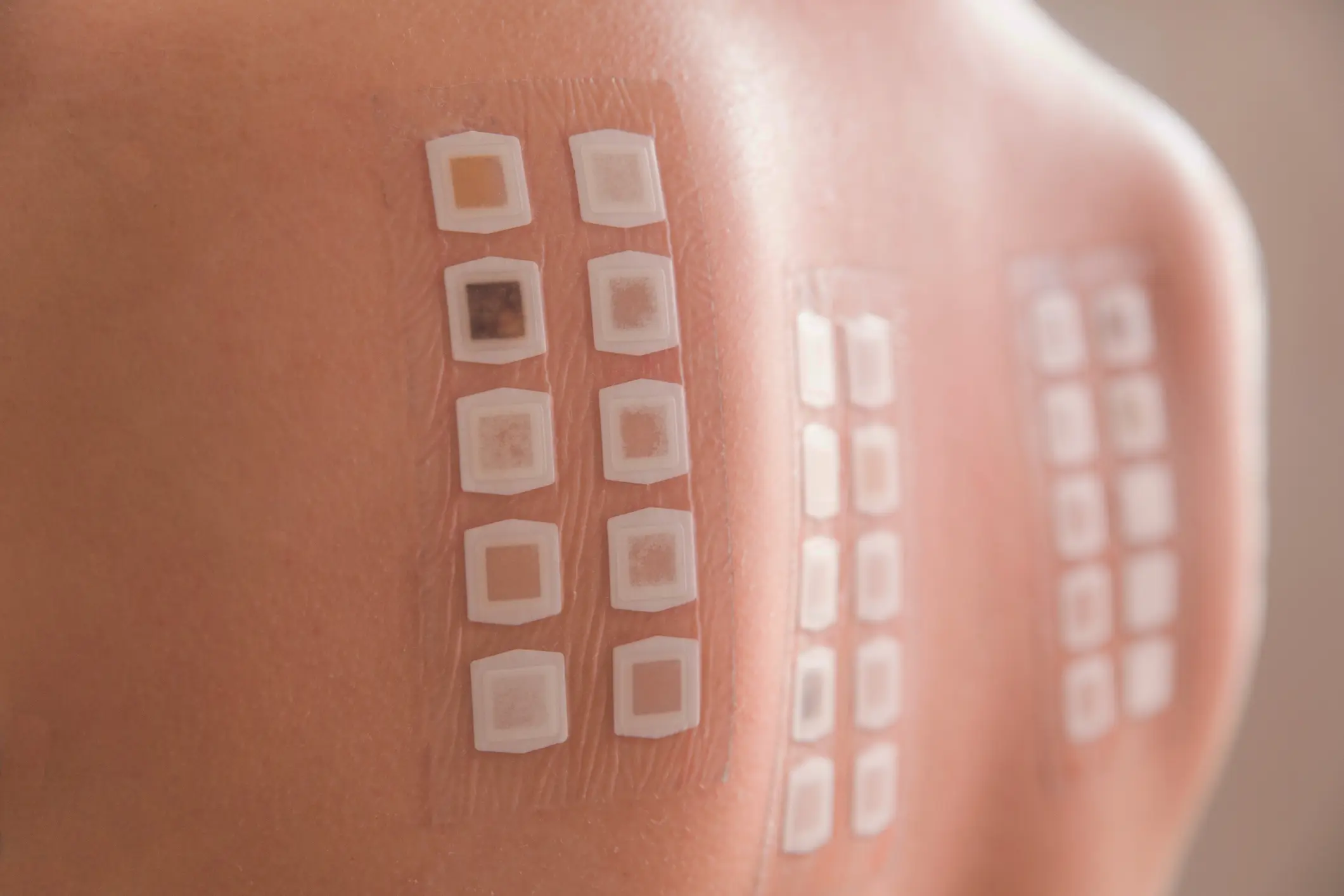Dermatologists usually work 35 to 45 hours per week, depending on their job setting and the number of patients they see. Most maintain a 40-hour workweek, spread across full clinic days focused on diagnosing and treating skin problems.
Those who work in hospitals or universities may spend more time teaching or conducting research, while dermatologists in private practice often have greater flexibility in their schedules.
When people ask how many hours dermatologists work, the answer usually reflects a steady routine and one of the best work-life balance profiles in medicine.
DermOnDemand, led by board-certified dermatologist Dr. Hannah Kopelman, gives a clear look at what daily life in dermatology is really like. This article examines how job type, patient demand, and specialty influence dermatologists’ working hours.
Key Takeaways
- Dermatologists usually work 35 to 45 hours per week, with most maintaining a consistent 40-hour workweek spread across four or five days.
- Schedules vary by setting – those in private practice enjoy more flexibility, while hospital and academic dermatologists often work longer weeks due to research or teaching.
- A typical dermatologist’s day lasts 8 to 9 hours, including patient consultations, cosmetic procedures, and follow-up care, with few weekend or emergency shifts.
- Dermatology offers one of the best work-life balance profiles in medicine, thanks to predictable hours, limited emergencies, and flexible scheduling options.
- Digital platforms, such as DermOnDemand, led by Dr. Hannah Kopelman, make expert dermatology care more efficient, allowing specialists to manage their workloads while providing patients with faster access to treatment.
Dermatologist Work Hours in the USA
Most dermatologists in the U.S. work 35-45 hours per week. A 40-hour-a-week schedule is common among other medical professionals. Many enjoy flexible hours, balancing patients, paperwork, and follow-ups during the week.
Unlike some medical specialties, dermatology has few emergencies, which makes it easier to plan workdays.
Average Weekly Work Hours for Dermatologists
A full-time dermatologist generally works about 40 hours per week, usually spread over four or five days. Those in large hospitals or universities may add hours for teaching or research. Dermatologists in private practice often control their schedules, adjusting patient visits or taking time for paperwork and minor procedures as needed.
Differences by Practice Setting (Private, Hospital, Academic)
Workload changes depending on the setting:
- Private practice: Offers more freedom. Many doctors work fewer than 40 hours per week if their patient flow is stable.
- Hospitals: Usually follow a set schedule with fixed shifts.
- Academic centers: Combine patient care with teaching and research, which can result in longer workweeks.
DermOnDemand shows how online care enables dermatologists to deliver high-quality service without working beyond their usual hours.
Typical Day and Patient Schedule
A dermatologist’s day includes patient visits, cosmetic procedures, and some office work. Clinics often open between 8 a.m. and 9 a.m., and close by mid-afternoon. During the day, dermatologists treat various skin conditions, including acne, eczema, and skin cancer, and may also perform laser treatments.
Average Daily Work Hours for Dermatologists
Most dermatologists work 8 to 9 hours a day, depending on the number of patients they see and the types of procedures they perform. Those who do cosmetic procedures or surgeries may spend more time in the office for preparation and follow-up.
On average, dermatologists see 25 to 40 patients a day, including in-person and virtual visits.

Do Dermatologists Work 9 to 5 or Weekends?
Yes, many dermatologists follow a 9-to-5 workday; however, some adjust their schedules to better meet patient needs. Working weekends is uncommon in dermatology, except for emergencies or special cases. This steady routine is one reason dermatologists report high work-life balance and job satisfaction.
Work Hours for Residents and Cosmetic Dermatologists
Different roles in dermatology entail different workloads. A doctor’s experience and career stage can all affect the number of hours they work.
Dermatology offers several paths, and each one influences the number of hours worked weekly. Factors like specialty, experience, and training level shape each professional’s routine and workload.
To better understand which career cluster dermatology belongs to, it is helpful to examine how different roles within healthcare and patient care services connect.
Average Work Hours for Dermatology Residents
Doctors in a dermatology residency program usually work longer hours than licensed dermatologists. Residents may work 50 to 60 hours per week, splitting time between clinics, lectures, and hospital rotations. This busy stage helps them gain experience diagnosing and treating skin diseases before entering full practice.
How Many Hours Do Cosmetic Dermatologists Work
Dermatologists who specialize in beauty and cosmetic procedures often schedule their hours according to patient demand.
They may do laser treatments, fillers, or non-surgical treatments several days a week. Many choose flexible or shorter workweeks, averaging 35 to 40 hours per week, which allows more control over their time.
Work-Life Balance and Flexibility in Dermatology
Dermatology is known for having one of the best work-life balance options in healthcare. Compared to other medical specialties, dermatologists usually have control over their hours and workload. This flexibility allows them to spend time with their family, pursue hobbies, or teach while maintaining a stable career.
Do Dermatologists Have a Good Work-Life Balance
Yes. Dermatologists rank among the happiest medical professionals. They rarely face overnight calls or emergency shifts, and most work about 40 hours per week. This regular schedule gives them more personal time and keeps stress levels low.
Do Dermatologists Have a Flexible Schedule
Most dermatologists can change their hours to fit personal or career goals. Many work four days a week and keep one day for paperwork or education. Digital care models, such as DermOnDemand, make this even easier by allowing doctors to review cases online without requiring extra office hours.
Managing Burnout and Time Off
Even with steady schedules, burnout can happen when workloads get too heavy. Dermatologists prevent it by setting clear limits, using time-saving tools, and taking breaks when needed. Protecting free time helps them stay healthy and deliver top-quality skin care to their patients.

Conclusions for Patients and Future Dermatologists
Dermatology offers meaningful work, structured hours, and a great work-life balance. For dermatologists, a list helps them plan visits and follow-ups. For students, it’s a rewarding job title with stability and strong career growth.
What Patients Can Expect from Appointment Hours
Patients can expect most dermatology appointments to occur during normal business hours, typically 9 a.m. to 5 p.m. Wait times depend on demand and the clinic’s size, so knowing how to choose a dermatologist can help ensure timely care and trusted results.
Online options, such as DermOnDemand, offer faster access, allowing patients to receive treatment plans within 24 hours from a board-certified expert, like Dr. Hannah Kopelman.
Advice for Medical Students Exploring Dermatology
Students interested in dermatology should first understand how to become a dermatologist and prepare for competitive entry into a dermatology residency program and extended medical school training.
However, the rewards include stable hours, a strong average salary, and meaningful work in treating skin conditions that directly impact quality of life. Whether focusing on general care or cosmetic procedures, dermatology offers one of the most balanced and respected careers among medical professionals.
Dermatology combines expert care, modern technology, and personal balance. Doctors like Dr. Hannah Kopelman demonstrate that it’s possible to have both a successful career and a healthy work-life balance.
With DermOnDemand, patients can now enjoy faster access to the same expert care – a new standard for convenient, high-quality dermatology.








